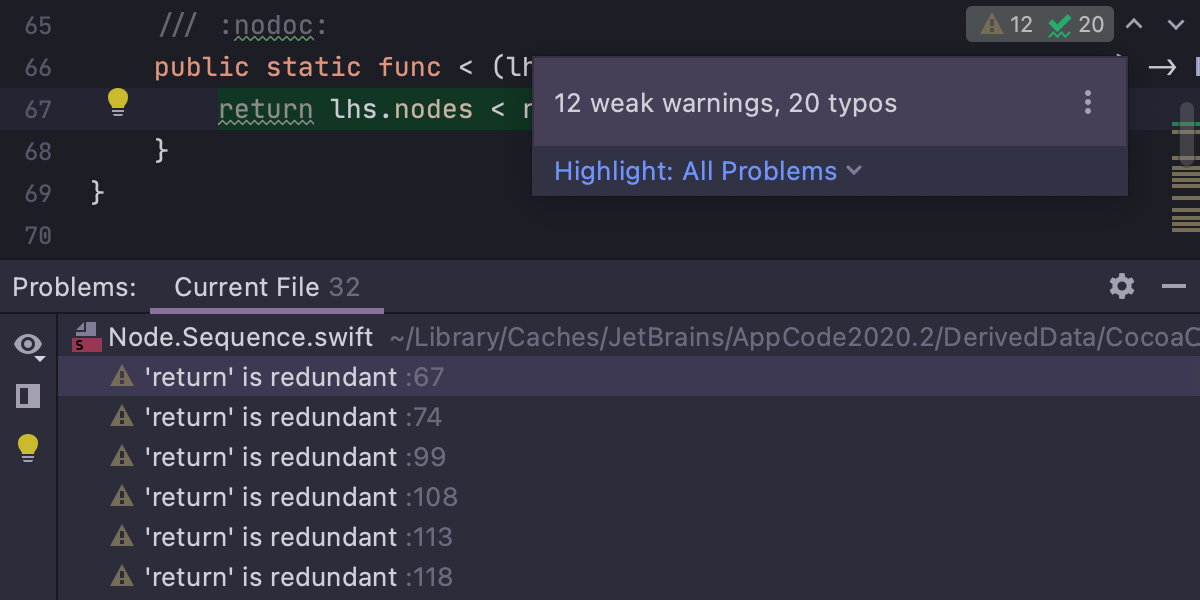
Specify the location of the Node.js interpreter, the parameters to pass to it, and the path to the gulp package. In the Gulp task dialog that opens, specify the Gulpfile.js where the required task is defined, select the task to execute, and specify the arguments to pass to the Gulp tool. Run gulp task: select this option to run a Gulp task. Specify the location of the Node.js interpreter, the parameters to pass to it, and the path to the grunt-cli package. In the Grunt task dialog that opens, specify the Gruntfile.js where the required task is defined, select the task to execute, and specify the arguments to pass to the Grunt tool. Run Grunt task: select this option to run a Grunt task. Also, specify if you want the browser be launched with JavaScript debugger. In the dialog that opens, select the type of the browser and provide the start URL.

Launch Web Browser: select this option to have a browser started. If you want to run several configurations in parallel, use a compound run/debug configuration. Run Another Configuration: select to execute another run/debug configuration and wait until it finishes before starting the current configuration. For more information, see External tools and External Tools. If it is not defined in AppCode yet, add its definition.

In the dialog that opens, select one or multiple applications you want to run. Run External tool: select to run an external application. The tasks are performed in the order they appear in the list.Ĭlick this icon to add one of the following available tasks: In this area, you can specify tasks to be performed before starting the selected run/debug configuration. Ĭlick this button to sort configurations in the alphabetical order. To remove grouping, select a folder and click. Then, to move a configuration into a folder, between the folders or out of a folder, use drag or and buttons. If only a category is in focus, an empty folder is created. To create a folder, select the configurations within a category, click, and specify the folder name. You can group run/debug configurations by placing them into folders. Move into new folder / Create new folder. Click this button to save a temporary configuration as permanent. The button is displayed only when you select a temporary configuration.

Note that you create copies of default configurations. Note that you cannot delete default configurations.Ĭreate a copy of the selected run/debug configuration. The tree view of run/debug configurations has a toolbar that helps you manage configurations available in your project as well as adjust default configurations templates.ĭelete the selected run/debug configuration. idea directory, you can save the configuration to any other directory within the project.īy default, it is disabled, and AppCode stores run configuration settings in. However, if you do not want to share the.

Save the file with the run configuration settings to share it with other team members. This is helpful when a run configuration consumes a lot of resources and there is no good reason to run multiple instances. Specify a name for the run configuration to quickly identify it among others when editing or running.Īllow running multiple instances of this run configuration in parallel.īy default, it is disabled, and when you start this configuration while another instance is still running, AppCode suggests stopping the running instance and starting another one.


 0 kommentar(er)
0 kommentar(er)
